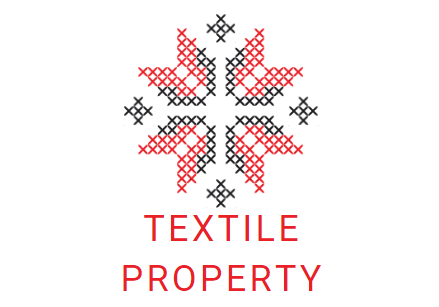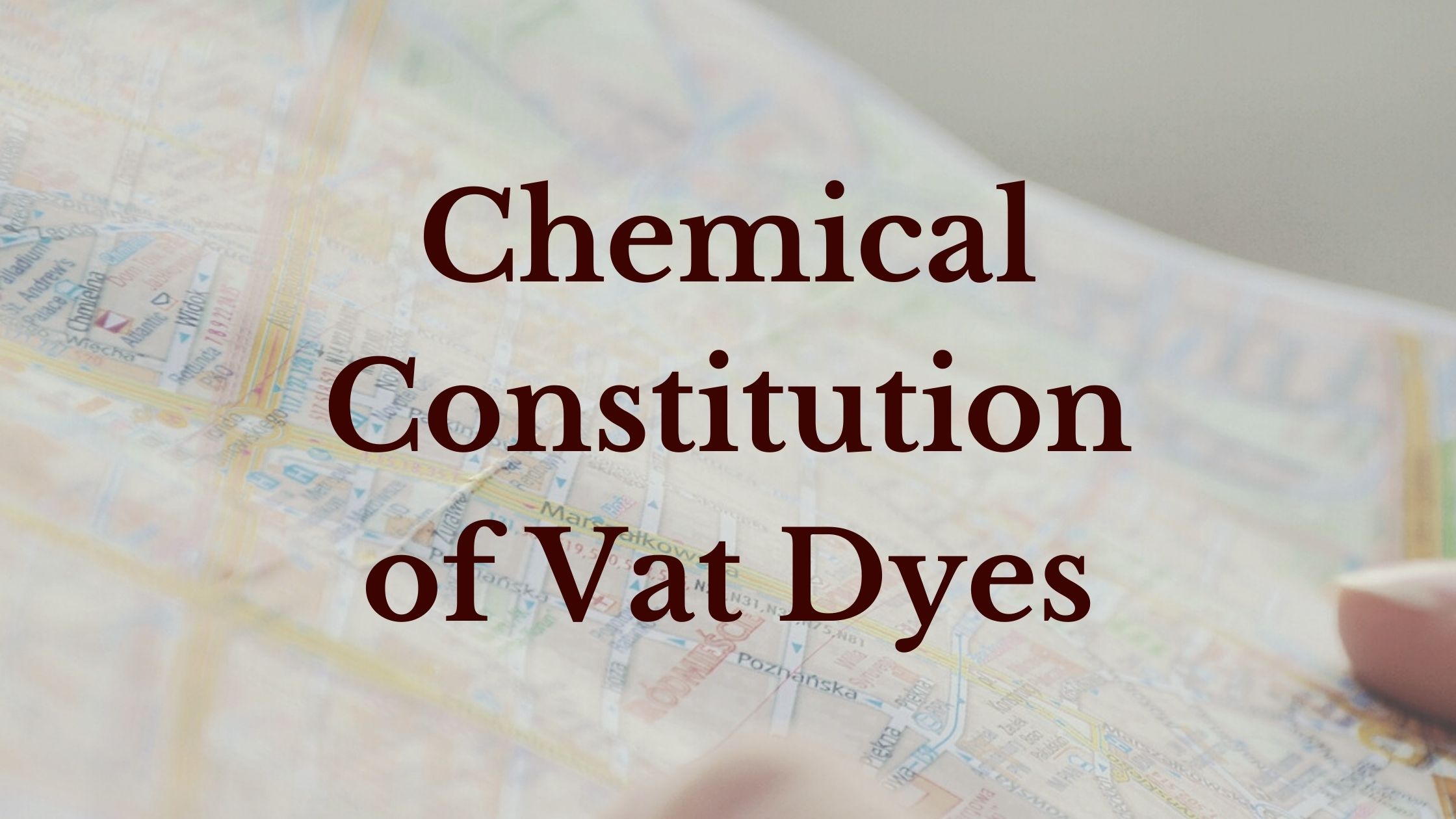Vat dye is a water-insoluble dye class that is widely used on cellulose fibers like cotton, jute, flax etc. The chemical constitution of vat dyes affects their dyeing properties and fastness behavior. Dyeing with vat dyes is kind of similar to “Sulphur dyeing”. Vat dyes possess overall the best fastness properties. Though they are insoluble in water, anthraquinones are mostly soluble in hot DMSO.
These dyes are non-ionic and develop anion on solubilization and possess an excellent affinity for cellulosic and are retained by the fiber with hydrogen bond and van der walls force on oxidation. Though their molecular size is too small than the pores of cellulose, after diffusion and oxidation they crystallize to form big aggregates during soaping and thus show superior fastness properties.
Chemical constitution of vat dyes
In the case of Indigo, vatting involves the reduction of a pair of conjugated carbonyl groups. For most vat dyes, these carbonyl groups are present in an anthraquinone or polycyclic quinone. The chemical structure of a vat dye influences the water solubility, substantivity and rate of diffusion into the cotton of the leuco compound used in dyeing.

Types of Vat dyes
- On the basis of chemical structure, vat dyes are derived into major two classes:
- Indigoids: Containing the chromophore

Indigoids are subdivided into two classes:

2. Anthraquinoid: These are mainly two types:
a) Sulphurised antraquinone
b) Antraquinone ester

- On the basis of application method:
The German Interessen Gemeinschaft für Farbenindustrie (IG) developed one popular classification for their Indanthrene range of vat dyes based on leuco compound substantivity and the required dyeing conditions.
Another types of Vat Dye
- The IN (indanthrene normal) group: The IN class dyes uses concentrated NaOH. A high vatting temperature around 60°C is also required for these dye class. The leuco form of these dyes have high substantivity. That’s why, there is no need of using any salt.
- The IW (indanthrene warm) group: Moderate amount of NaOH and lower vatting (50 °C) temperature is enough for this dye. The leuco forms of dyes exhibits moderate substantivity towards the substrate. So, addition of salt aids the exhaustion process.
- The IK group: Low vatting temperature of 40 °C along with a lower amount of NaOH is all required for these dye class. These dyes require a lower dyeing temperature of 20 °C. For good exhaustion, proper amount of salt should be added as they exhibits lower substantivity towards the substrate. Some have amide groups that would be hydrolysed under the vatting and dyeing conditions used for IN and IW dyes.

To Sum Up!
These dyes produce excellent color on cellulose with a wide shade range. Not only cellulosic fibers but also protein fibers can be dyed with vat dyes. Jeans or denim that add a new era to our fashion industry also dyed with vat dyes.

